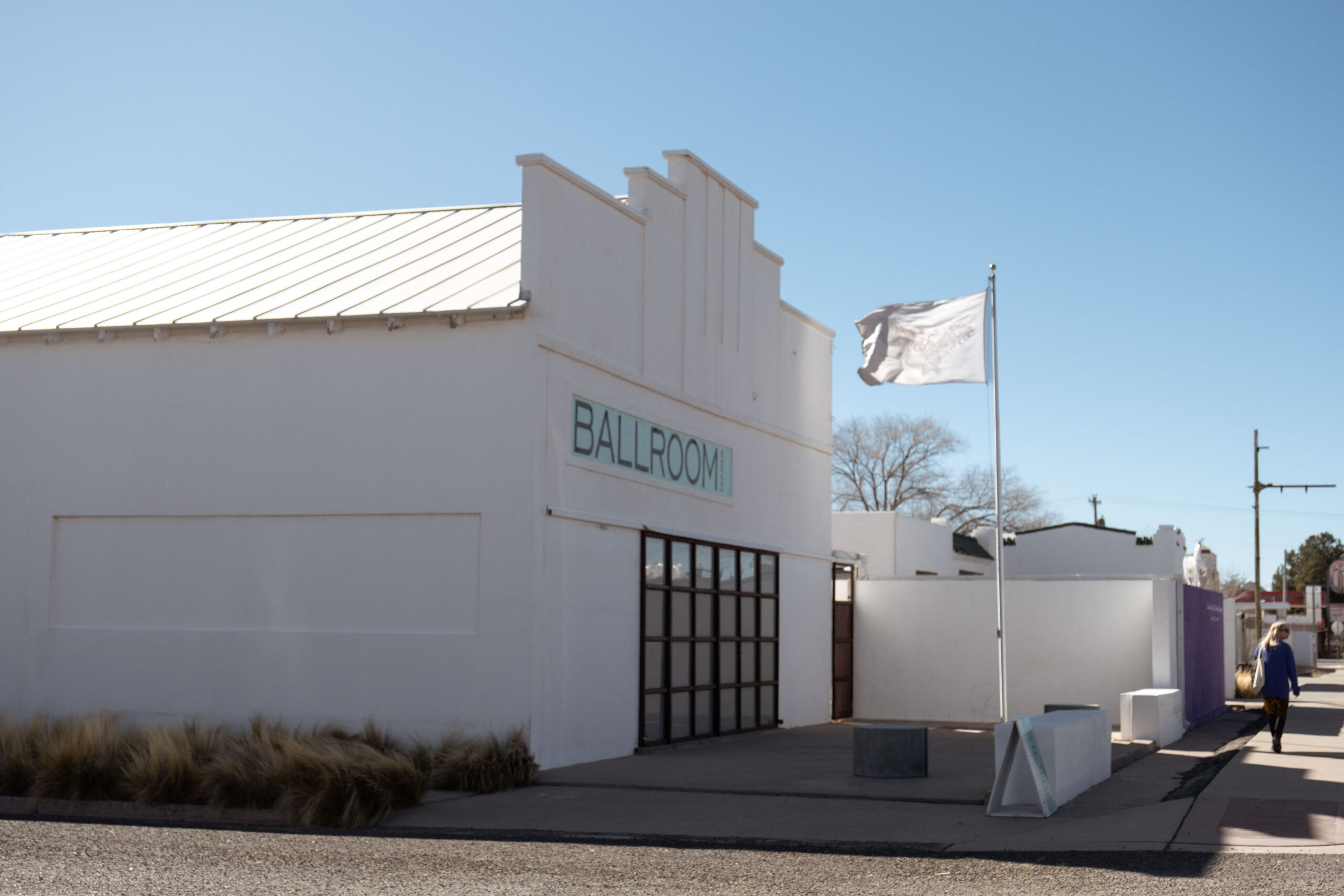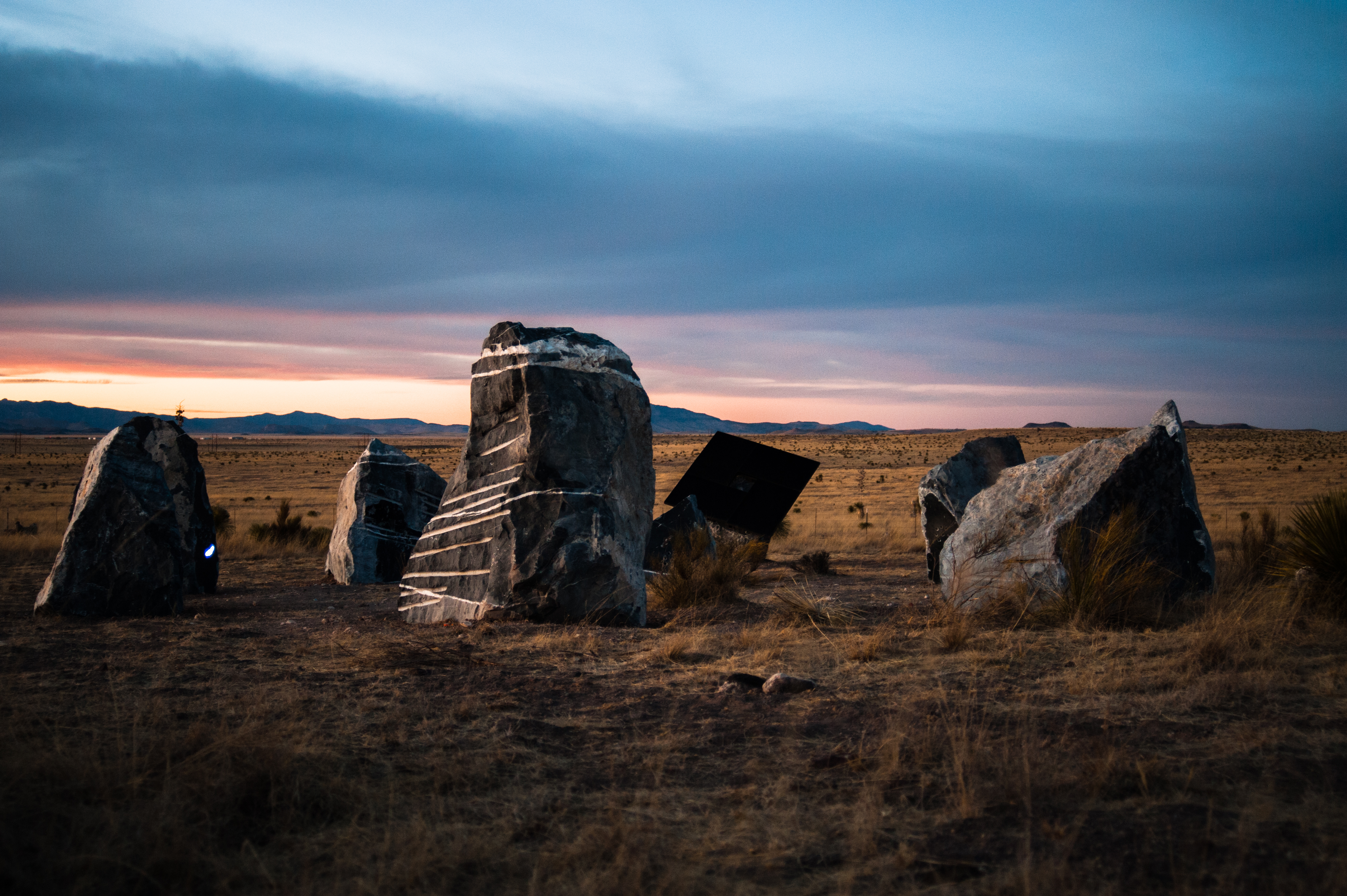Boquillas One Month Later
10 May 2013
The crossing between Rio Grande Village in Big Bend National Park and the village of Boquillas in the Mexican state of Coahuilla was closed in May of 2002, part of a shutdown of traffic across the US-Mexico border in the wake of the September 11, 2001 attacks. Despite the efforts of a number of activists to re-open the crossing in the style of automated facilities like those found on the US-Canada border, the port of entry at Boquillas stayed closed, fueled in part by the debate over immigration and the explosion of violence elsewhere in Mexico.
As a result, Americans were forced to forgo tacos and beer after a day of hiking or rafting in the park: An idyll documented most famously by Robert Earl Keen on the titular song from his 1994 album, Gringo Honeymoon:
Meanwhile the residents of Boquillas were left without access to groceries or the basic educational and medical resources that they had come to depend on from their American neighbors in Rio Grande Village on the other side of the knee-deep river. While RGV is a few short hours on well-maintained roads from Terlingua, Presidio, Marfa and Alpine, the nearest Mexican town to Boquillas — Melchor Muzquiz — is five hours away on rough dirt tracks. The nearest port of entry between Ojinaga and Presidio is at least a 10 hour drive.
The tourist dollars that were the backbone of the local economy disappeared and Boquillas’ population shrank from 300 to just under 100 people, turning the already impoverished village into a harsh laboratory for many of the ideas explored at the first Marfa Dialogues in 2011, namely a demonstration of the the effects of strangling long-established cross-border exchange between neighbors and families.
That changed on April 10, 2013 when, after years of delays, the crossing re-opened as an automated class-B port of entry. Hundreds of Americans made the trip over to Boquillas in the month that followed. Here’s our primer on the coverage the crossing has received since then:
• Our local paper, The Big Bend Sentinel, dispatched a team of reporters and photographers to cover Boquillas with a mix of debauchery and clear-eyed analysis, including an encounter with armed Border Patrol officers upon returning from their afternoon sojourn:
“Crossing back into the United States, the reality of the post 9/11 U.S. border mentality quickly sets in. On a dirt road near the park’s Gravel Pit campground, a roadblock has been set up. Two Border Patrol agents and two law enforcement park rangers approach. AR-15s on single-point slings hang around their neck and shoulders. Double magazines clamped together illustrate their firepower. The law enforcement officers resemble military or paramilitary soldiers; their tacticool rifles outfitted with reflex sights and Trijicon ACOG scopes.”
• Things on the Mexican side of the border were distinctly less confrontational, as the San Antonio Express, Houston’s KHOU 11 and the Alpine Daily Planet made the rounds, checking in with the singing boatman, riding burros up the road to the village and playing pool in the local bar.
• Lorne Matalon, reporter for Marfa Public Radio and unearthed some skepticism from locals as to whether or not the 20,000 expected visitors — and the advice for how to contend with economic development — is an unequivocally positive change:
“But more than a few are skeptical about outsiders telling them how to deal with the hoped-for influx of tourists. Several are already sprucing up rooms to rent out and three guides told visitors to contact them directly.
Other villagers bristle, saying they don’t want outsiders fixing what they don’t believe is broken.
A man says, ‘Before 9-11 we dealt with tourists ourselves. We didn’t have rules, we never had issues with tourism.”
Now, he said “we have to get permission from someone.”
Preparations for visitors are one thing. But right now, not enough tourists are coming to make a difference.”
• Texas Highways spoke to Mike Davidson, director of the Brewster County Tourism Council who hinted at more development, including a rehabilitation of the local hot springs.
• And finally, the Big Bend Gazette provides an in-depth look at things to come as publisher John Waters travels with several guides, Texas Monthly writer John Spong and photographer (and friend of the Ballroom) James Evans into the Maderas del Carmen biosphere that surrounds Boquillas. It’s a preview of the guided tours that are a key part of the eco-tourism plans laid by Ernesto Hernandez of Solimar International, an eco-tourism consultant with local roots on both sides of the border, who also went along for the ride:
“Riding my burro friend, I noticed how denuded much of the land was. While this part of Mexico has suffered the effects of the drought far worse than Texas, grazing has left the land trashed (to use my botanical nomenclature).
In discussing the Boquillas ejido, Uresti said one failure of the communal land ownership was, as translator Paredes translated, “a Tragedy of the Commons.”
The concept, originally developed by ecologist Garret Hardin in the late 1960s referred to the problems associated with unlimited use of a common good—such as land—that would lead to overuse and exploitation. In fact, Hardin uses the example of a herdsman placing additional cattle on a common pasture. When all the herdsman continue to increase the number of their cattle on the common land, the land suffers—as do the cattle, as does the herdsman.
The night, prior to our discussion of ejido economics and agrarian reform, we were treated to the sounds of a herd of goats grazing on a nearby hillside pasture. While the sight and sounds of goats certainly had a bucolic resonance, according to Uresti this, too, was an example of the tragedy of the edijo system. Uresti said he had build water supply systems and planted fruit trees and that other ejidatarios, who had not contributed labor, used excess water, thereby causing the fruit trees to die.
Over coffee, both of the Urestis, Hernandez and Paredes all discussed the notion the agrarian economy could be transformed into one based on sustainable ecotourism. The goal, they concurred, would be to bring nature-based tourism or ecotourism to the region in ways that will create jobs. They asserted that with an increase in tourism jobs, the need to have employment based on intensive agricultural practices will decrease.
The idea sounds simple but old ways are slow to change. Will the ejidatarios who voted to keep the old ejido in place be swayed? Will the lonesome vaquero of the Chihuahuan Desert cater to birders from Austin? Time will tell.”





